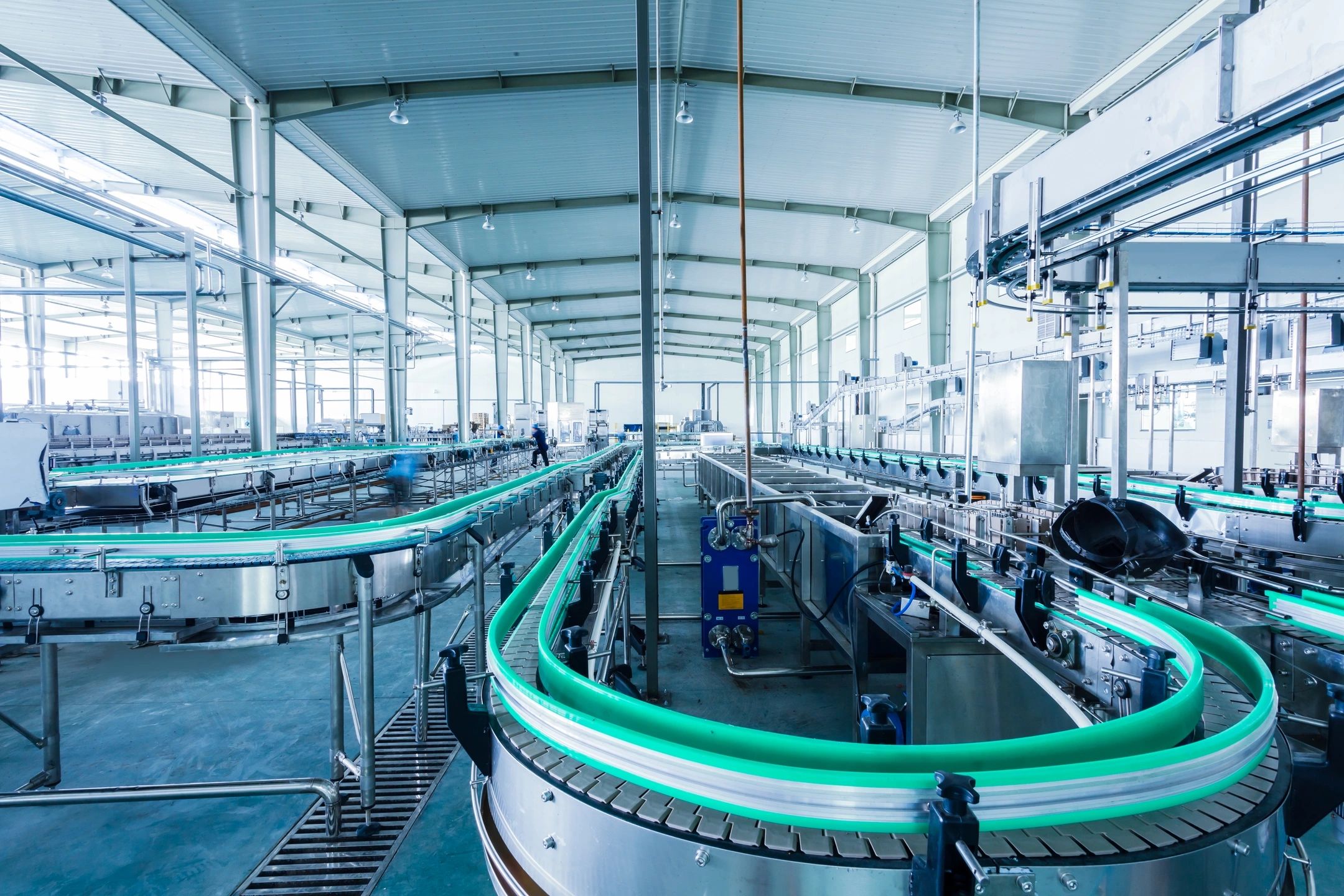In 2025, the global manufacturing landscape is undergoing significant transformations driven by geopolitical tensions, evolving trade policies, and technological advancements. These shifts are profoundly impacting employment patterns, presenting both challenges and opportunities for the workforce.Toxigon, Partsimony Blog, World Economic Forum
Reshoring and Supply Chain Diversification
The vulnerabilities exposed by recent global disruptions have prompted many companies to reevaluate their supply chain strategies. A notable trend is the move towards reshoring—bringing manufacturing operations back to domestic territories—to enhance supply chain resilience and reduce reliance on foreign suppliers. This shift aims to mitigate risks associated with international dependencies and create more robust domestic manufacturing ecosystems. Supply Chain News Hub
Large organizations across Europe and the U.S. are intensifying their focus on reindustrialization to address supply chain pressures, rising tariffs, and trade disputes. Research indicates that two-thirds of surveyed senior executives have active reindustrialization strategies, up from 59% in 2024. Personnel Today
Impact of Tariffs on Global Trade
In April 2025, the U.S. administration implemented extensive tariffs ranging from 10% to nearly 50% on imports from multiple countries, including China, the European Union, India, and Taiwan. These measures aim to address trade imbalances and bolster domestic manufacturing. However, they have also led to increased production costs, disrupted supply chains, and heightened economic uncertainty. New York Post, Business Insider
Economists warn that these tariffs could dampen economic growth, raise consumer prices, and potentially lead to job losses in industries reliant on global supply chains. The manufacturing sector, in particular, faces challenges as companies adjust to the new trade environment. Reuters, Business Insider+2MarketWatch+2
Technological Advancements and Automation
Technological innovations, particularly in automation and artificial intelligence (AI), are reshaping the manufacturing sector. While these advancements offer opportunities for increased efficiency and productivity, they also pose challenges for the workforce. AI-driven automation is expected to significantly impact white-collar professions, including roles such as coders, lawyers, and financial analysts. Wealthy urban centers, traditionally hubs for these professions, may experience notable job displacement as a result. Financial Times
Manufacturers are increasingly integrating AI and robotics to reduce labor costs and enhance competitiveness. This trend necessitates a workforce adept at managing and collaborating with advanced technologies, underscoring the importance of upskilling and reskilling initiatives.
Emergence of New Manufacturing Hubs
As companies seek to diversify their manufacturing bases, emerging economies in Asia, Africa, Latin America, and the Middle East are becoming increasingly attractive. Cities such as Ho Chi Minh City have transformed into commercial hubs, capitalizing on shifts in global trade dynamics. These regions offer cost advantages and are poised to play a more significant role in global supply chains. World Economic Forum
Implications for the Workforce
The confluence of reshoring, tariff implementations, and technological advancements is reshaping employment in the manufacturing sector. While reshoring initiatives may create domestic job opportunities, the integration of automation and AI could lead to the displacement of certain roles. Workers must adapt by acquiring new skills relevant to the evolving manufacturing landscape.
Furthermore, as companies diversify their manufacturing locations, job opportunities may shift to emerging economies, necessitating a global perspective for job seekers.
Conclusion
The manufacturing and global trade sectors in 2025 are characterized by significant shifts influenced by geopolitical developments, trade policies, and technological progress. These changes present both challenges and opportunities for employment, emphasizing the need for adaptability and continuous skill development among the workforce.



